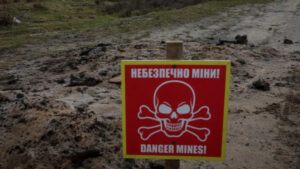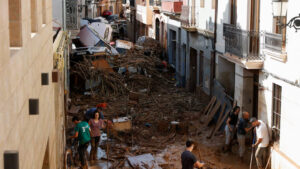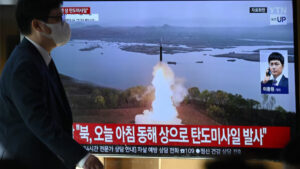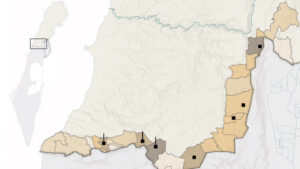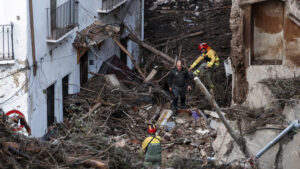World
Israel has either damaged or destroyed almost 25% of the buildings in southern Lebanon
PUBLISHED THU, OCT 31 2024 4:18 p.m. EDT
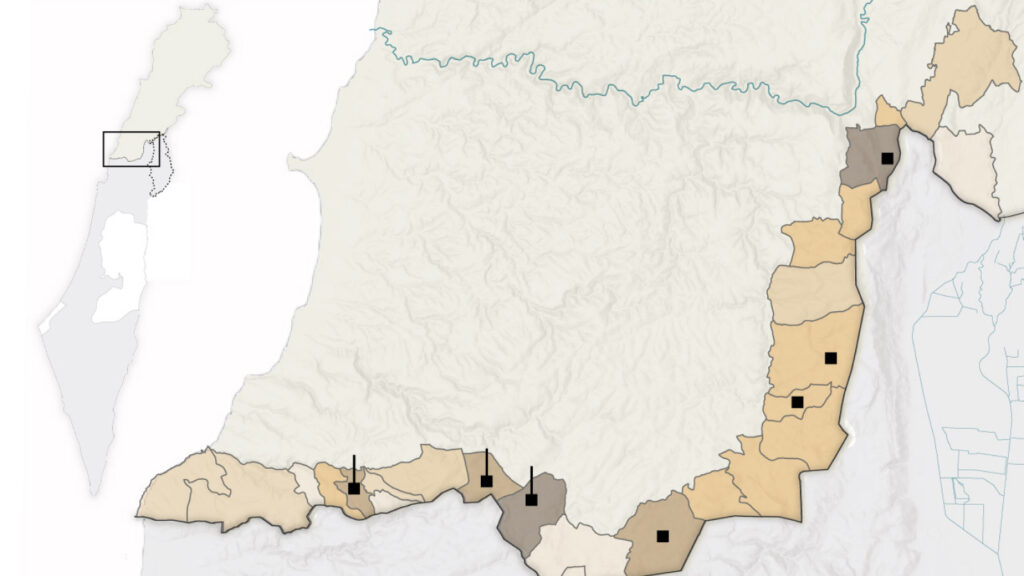
According to an analysis by The Washington Post, nearly a quarter of all buildings in 25 Lebanese municipalities near Israel’s border have sustained damage or have been destroyed due to Israel’s ground and air campaigns against Hezbollah. This conflict has led to the destruction or severe damage of around 5,868 buildings, with the two most affected areas, Ayta al-Shab and Kfar Kila, seeing nearly half of their structures impacted. The majority of this damage—almost 80 percent—has occurred since October 2, the day after Israel launched its ground invasion.
The destruction rate has surged, roughly doubling every two weeks, despite Israeli indications of openness to negotiations. Using satellite imagery and Sentinel-1 radar data, The Washington Post verified visible destruction from Israeli airstrikes and ground battles, including controlled demolitions by the Israeli military that affected at least nine religious sites.
The Israel Defense Forces did not directly address these findings but stated that operations target Hezbollah’s infrastructure to facilitate the return of 60,000 displaced Israelis and reduce Hezbollah’s threat. Israel asserts that Hezbollah has integrated its military assets within civilian areas, placing people in harm’s way.
The conflict has spread across Lebanon, displacing about 1 in 5 residents, with more than 834,000 people internally displaced, primarily from the southern districts. Israeli Prime Minister Benjamin Netanyahu has stated that Israel’s conflict is with Hezbollah, not the Lebanese people, yet analysts believe the scale of damage suggests a broader strategy that could prevent many residents from returning home post-conflict.
Wim Zwijnenburg from PAX, a Dutch civilian protection organization, emphasized that the use of explosive weaponry has left large parts of southern Lebanon uninhabitable. In Kfar Kila, satellite data shows that at least 46 percent of structures were damaged by October 3, transforming previously vibrant olive groves and markets into areas of widespread devastation. Local residents, such as Khodor Serhan, a soap maker from Kfar Kila, are uncertain if their homes or businesses have survived the destruction.
World
Advertise With Us
BVD Newsletters
Sign up for free newsletters and get more BVD delivered to your inbox
Get this delivered to your inbox, and more info about our products and services.
© 2024 BVD LLC. All Rights Reserved.
Data is a real-time snapshot *Data is delayed at least 15 minutes. Global Business and Financial News, Stock Quotes, and Market Data and Analysis.
Market Data Terms of Use and Disclaimers
Data also provided by REFINITY


